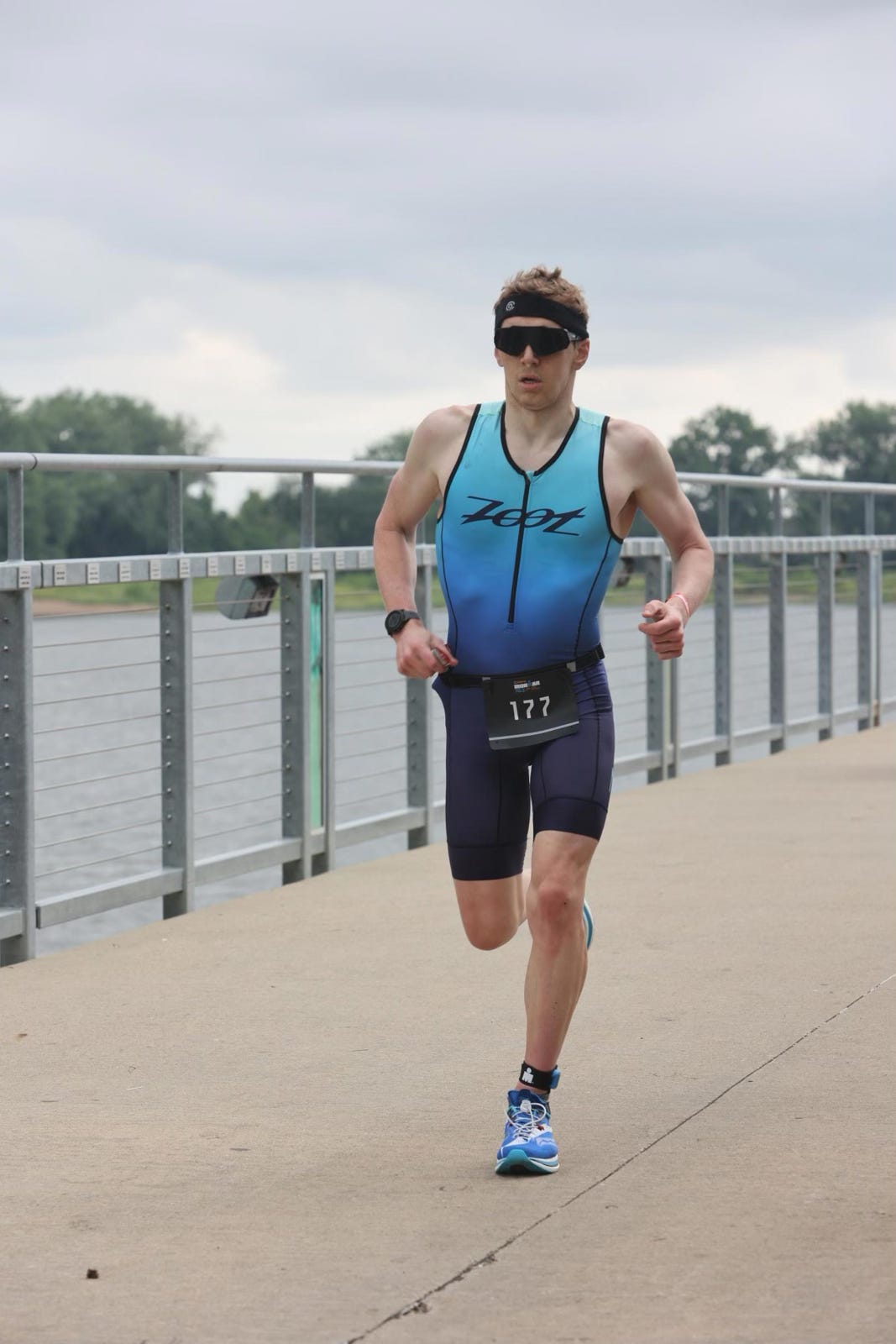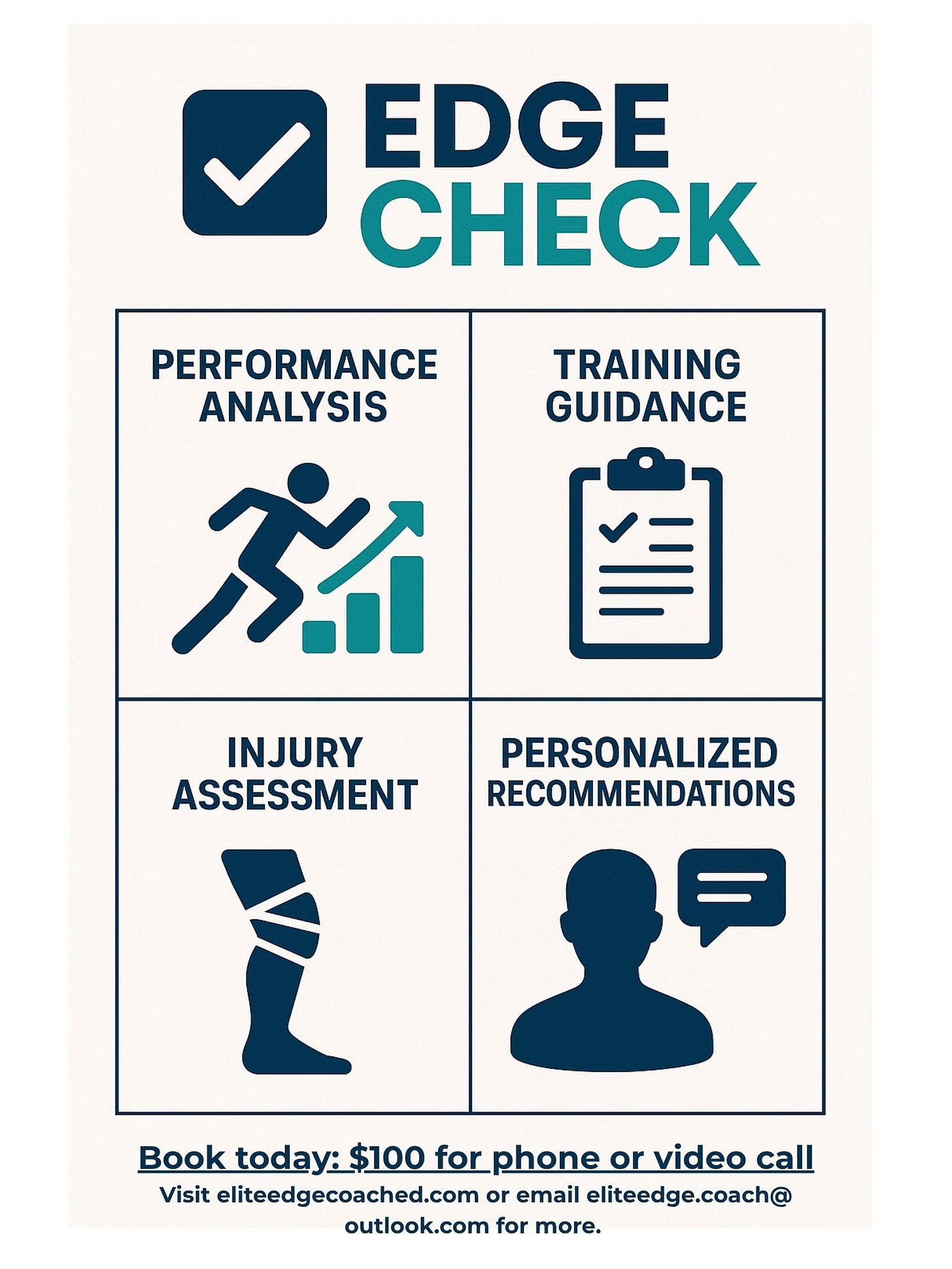If you train and compete long enough, you start to notice patterns in when your body and your mind perform at their best.
For me, years of swimming etched a natural rhythm into my calendar. Even now, after retiring from the pool, I find myself peaking around the same times each year: March, July, and November.
Whether I am planning to race or not, my body seems to lean into those cycles. Some of my best performances have landed right on cue: my 10K PR is from March of 2022, and one of my strongest triathlon results in (early) August of 2023.
Just as there are seasons of performance, there are also seasons of focus. Certain times of the year I naturally lean more toward work, school (when I was a student), or non-training projects, and that is just as valuable to recognize.
Life does not always allow you to compete exactly when you would like. But paying attention to your own trends, when you are most likely to thrive and when recovery or other pursuits take priority, can help you plan smarter, perform better, and avoid frustration.
This week, we will look at how to map out your year, along with some practical examples.
The Stoics captured the spirit of this idea perfectly—
…A good person is invincible, for they don’t rush into contests in which they are not the strongest…
Phasing Your Year
Pull out your calendar and your training log and look at past data. When have you typically performed your best? Performance windows often reveal themselves if you pay attention. Remember to consider both physical performance and mental sharpness.
There will be times when you feel your best and the numbers back it up — RACE
There will be times to buckle down and build your base — TRAIN
There will be times when you feel flat or distracted — REST
Nobody is “on” all year. Recognizing and respecting the natural phases within your year helps you arrive at your best when it matters most.
It also helps to match these patterns with events that truly excite you. Sometimes a race you are genuinely motivated by is the difference between sticking to a plan and drifting off course. Plan the work, then work the plan.
Now we will look at some practical examples using some case vignettes of people that may be just like you.
The Busy Dad
While I am not a dad myself, I have worked with athletes at Elite Edge who live the “dad life.” One in particular almost always gets sick right after his kids return to school following summer, Christmas, or spring break. This was not a matter of hydration or sleep; sometimes frequent viral exposure is enough to knock even the healthiest person down.
After getting burned a few times, we decided not to schedule races around those windows. If he stayed healthy, great. If not, we at least avoided ruining a race build. This is a clear example of how paying attention to patterns can protect your performance.
The Hot Weather Struggle
Larger athletes often struggle in the heat. With more surface area to cool, chasing a peak in the middle of summer can feel like forcing a square peg into a round hole.
If this sounds like you, consider phasing your year differently. Target an A race in early spring and another in the fall, while treating the hottest months as maintenance time between focused builds. You will get better adaptations when putting in your most important sessions in an environment that suits your body. If heat is not your ally, structure your calendar so it works for you rather than against you.
The Student-Athlete
Grad school taught me that non-training stressors — exams, practicals, interviews — are very real. No matter how hard you try to ignore them, they catch up with you.
If you are a college student competing recreationally in running, triathlon, or a similar sport, the good news is that your academic calendar is predictable. That allows you to plan.
One strategy that worked well for me was turning breaks into “training camps.” During those weeks, I could focus on the work, sleep as much as I needed, and recover. Then, I would try to carry that fitness into a race early in the semester when class demands were lighter. On the flip side, whenever I tried to ignore these timelines, it rarely worked out.
For those competing at the collegiate level, of course, your schedule is largely dictated by the season. That is how my own natural peaking cycle was formed during my swimming years, not by the classroom but by the competition calendar. You may have to grin and bear it in those scenarios.
You cannot be on all year long
Peak form is not something you can hold for twelve months. It is unrealistic, unsustainable, and unnecessary. By leaning into your natural performance windows, you give yourself the chance to see your best self.
If you constantly chase peak after peak, you risk fighting battles you cannot win. And as the Stoic wisdom reminds us: a person is invincible when they avoid rushing into contests where they are not strongest.



